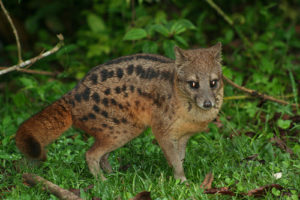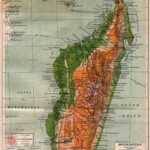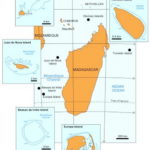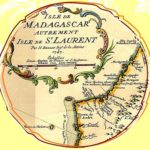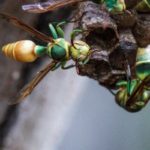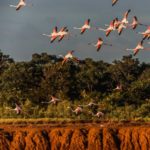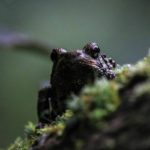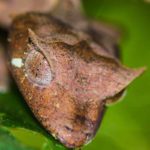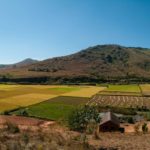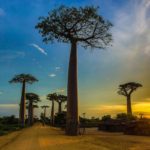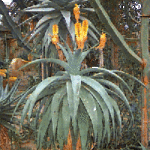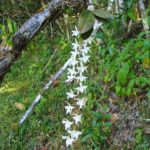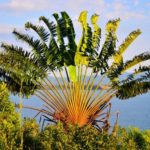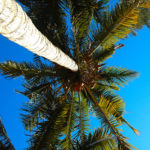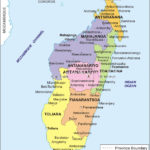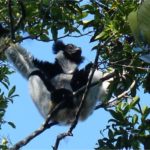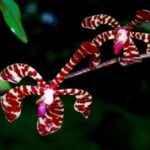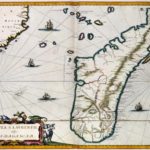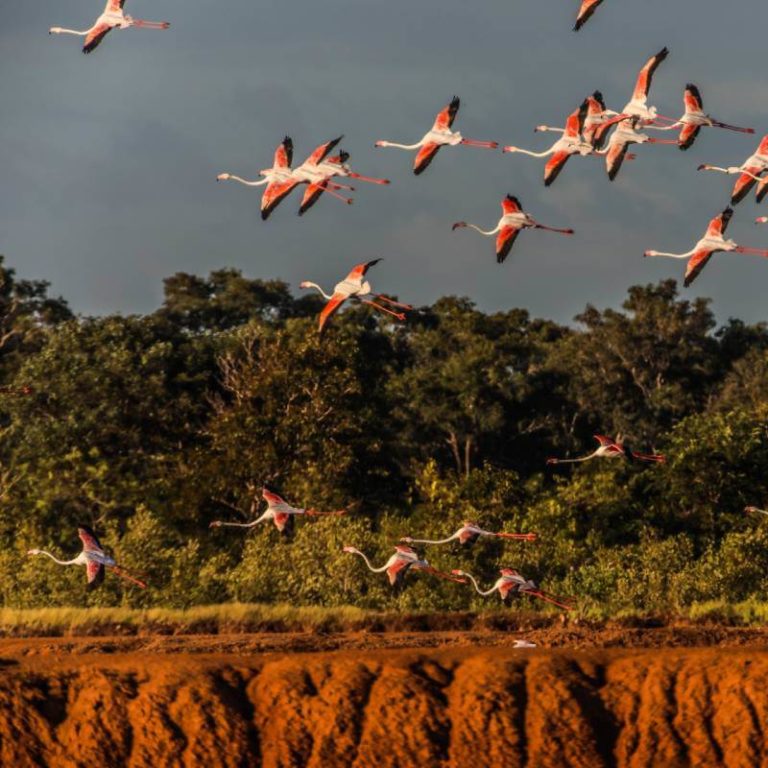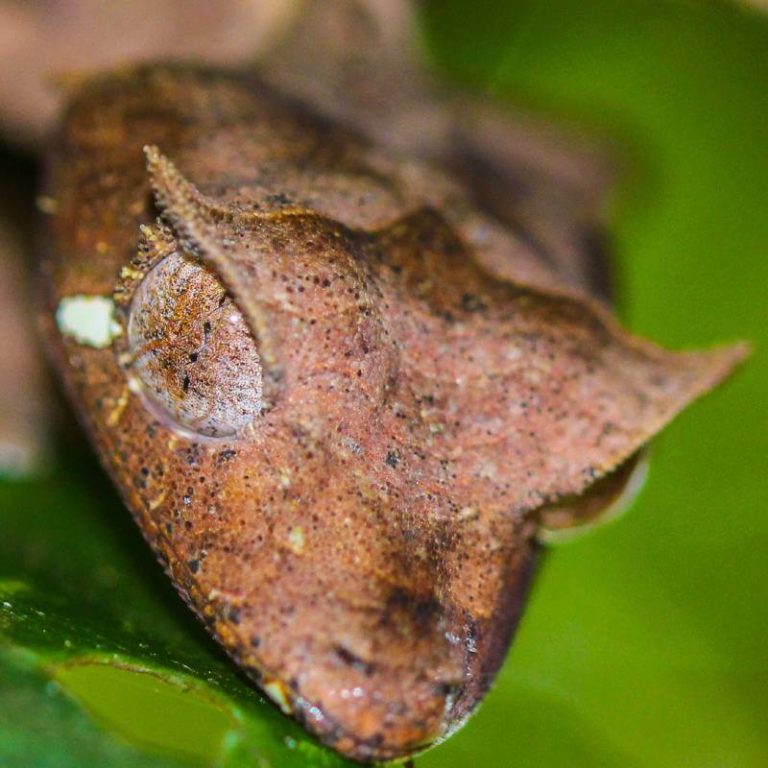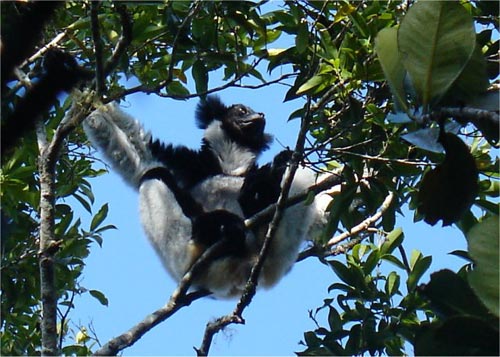The diversity of mammals in Madagascar
Madagascar is a country that is home to an exciting variety of animal species. Mammals usually hold the greatest appeal for visitors, as many of the animals living in Madagascar are cute, cute, or at least highly unusual. The number of Mammals in Madagascar is rather small compared to the other animal genera. Estimates amount to that the various habitats on the Red Island are currently home to about 120 endemic mammals. With endemic is meant that these Animals in Madagascar are originally at home. In the following we would like to give you a comprehensive insight into the world of Malagasy mammals offer. This is primarily intended to serve you as a reliable source of information and to prepare you, for example, for a future Trip to Madagascar or a Madagascar vacation inspire. On the other hand, we would also like to use this site to draw attention to the various threats that many of the mammals living on Madagascar are suffering from. Already many of the different species have been Red list of endangered species and can only be protected from extinction with great commitment. If you have any questions about the species richness of the mammals on Madagascar or if you are interested in a trip through the rainforest there to marvel at one of the extraordinary animal species in the wild, please feel free to contact us.
The lemurs - Madagascar's most famous mammals
The Lemurs are probably among the best known and most popular representatives of Malagasy mammals. Other names for the lemurs are Katta or Maki and this is exactly how the cute animals are often called in Madagascar.
The lemurs are known as a Suborder of primates and belong to the group of the so-called wet-nosed monkeys. Around 100 different species of lemurs live today exclusively on Madagascar and the smaller islands of the neighborhood.
This in turn means that the Lemurs in Madagascar are endemic. The individual species of lemurs differ significantly from each other -. Size, social behavior or lifestyles are hardly the same for two of the numerous species. Many of the lemurs are very shy and partly the free-living populations of individual species are already strongly restricted today.
An example of this are the so-called Giant lemurs, which were once native to the island, but have now been extinct for some time.
Today the Indris as the largest lemur species. The Berthe-Mausmakis on the other hand form the smallest species, they only have a maximum head trunk length of 9.5 centimeters. Such information regarding the smallest or largest lemur species is, of course, always to be disseminated with reservations.
After all, in principle, every day a new species of lemur can be discovered, which overturns all previous knowledge and research. Nevertheless, in the following some detailed information about this very special group of the Malagasy mammals be made available.
After all, many vacationers and travelers come to Madagascar precisely because of the lemurs. To experience these animals once in the wild is really a spectacular experience.
The lifestyles of the lemurs
Many Lemur species possess a pronounced social behavioras it can also be discovered in other primates. Normally lemurs are not loners, but live together in groups.
Many of the lemurs are nocturnal animals and have made themselves comfortable in the treetops of the rainforest. Only a few species, such as the katta, also live partially on the ground. Climbing and jumping is the most natural way of locomotion for most lemur species, but also four legged walking belongs to the popular methods of transportation.
The lemurs usually hunt at night, although there are also diurnal species, such as the Indris, the Sifakas or the Varis belong. There seems to be a correlation between life size and activity in the lemurs: The smaller the lemurs are, the more clearly their activity is restricted to the dark.
Some lemurs live as predominantly vegetarianwhereas others like to have Insects or insect larvae are on the menu. Many lemur couples live together monogamously, other lemurs spend only the nights together and go separate ways during the day.
Often the different groups are in a more or less Fixed territory at home. Communication behavior and group living together have not yet been exhaustively studied in most lemur species. This is partly because some species were only discovered for the first time in the 1990s.
Examples of the diverse lemur species on Madagascar
The Mouse macaws have already been described above as the smallest known lemur species so far. The mouse lemurs include a total of about 21 different types and they represent the smallest primates in the world. They usually have a very soft and slightly reddish fur, in the face they are usually recognized by a brightly colored nasal stripe.
The mouse macaws are nocturnalwhich explains not only the characteristically large eyes, but also the enlarged ears. During the day, the cute animals sleep in small tree cavities or nests made of leaves, which they have built themselves. They are usually Omnivorebut often rely on vegetarian food. Against spiders or insects on the menu, however, have also nothing to object.
While mouse macaques are among the smallest primates, the Indri a particularly imposing species. It lives mainly in the northeastern Madagascar and can reach a head length of up to 90 centimeters. Its coat has a black gray white pattern, the ears and the eyes of the Indri are by no means conspicuously large as in many other lemurs.
This is because the Indri is accustomed to a diurnal life. Particularly striking: the Indris can have a stunning vocals which they also like to perform as a duet. Anyone who has heard this singing once will remember these special sounds for a lifetime.
Another very unusual primate species that occurs on Madagascar is the Finger animal, which is often also referred to as Aye-Aye is called.
This is the last surviving species of a complete genus. The finger animal is found in the Malagasy culture classified quite differently: For many people, this little primate is a bad omen, which may be primarily due to its somewhat strange appearance.
In addition to an overlong middle finger, the fingered animal has very shaggy and long, dark fur that often sticks out from the body in tufts. The animal's hands and feet are relatively large and almost all end in claws. The large head with the hairless large ears as well as the also very large eyes looks unusual in the fingered animal. In the wild, as a traveler, you will see this rare and nocturnal animal probably not get to see in all probability.
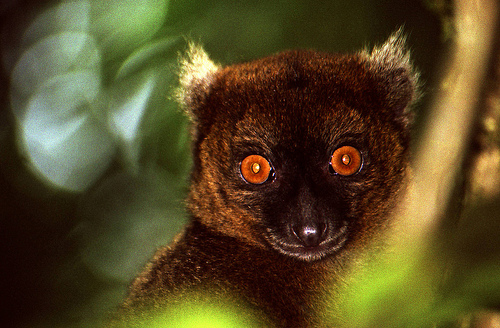
Bamboo Lemurs - Hapalemur - are represented by 5 species on Madagascar:
Bamboo lemurs belong to the rare and especially specified lemur species. As the name suggests, the animals feed mainly on bamboo. The individual genera divide the bamboo plant: if one species feeds exclusively on the shoots, others eat only the stalks or stems, while others eat the leaves. Thus, no genus competes with the other. They are diurnal and live together in small groups. Of medium size, the animals are about 70 to 80 cm tall, with the tail measuring about half that. With a little luck and a good guide, bamboo lemurs are best seen in Ranomafana observe. Although the animals initially make a rather sluggish and ponderous impression, they can jump at lightning speed over long distances, which sometimes makes observation a strenuous rush through the undergrowth.
Alaotra Bamboo Lemur - Hapalemur alaotrensis: the also Bandro called Alaotra bamboo lemur is the only lemur that lives its life above the water, namely in the reed belt of the Lac Alaotra, spends. The lemur, whose existence is increasingly threatened by slash-and-burn agriculture, weighs only about 1 kg and is gray, almost black in color.
Golden bamboo lemur - Hapalemur aureus: a species only discovered in 1995 with a particularly interesting food specification. The golden bamboo lemur feeds exclusively on Bamboo shoots. However, the daily amount of sprouts eaten contains enough cyanide to kill several adult humans. The lemur, on the other hand, is not bothered by the toxin because it eats a special iron-rich soil after eating. The iron ions in the soil bind the toxic cyanide and convert it into non-toxic blood liquor salt. The extreme rarity of this species (H. aureus has so far only been recorded in the Ranomafana forest) may therefore be explained by the highly rare combination of sufficient bamboo and the presence of certain soil.
Grey bamboo lemur - Hapalemur griseus
Southern bamboo lemur - Hapalemur meridionalis
Western gray bamboo lemur - Hapalemur occidentalis
Cattas - Lemur catta - are represented by 1 species on Madagascar:
This is undoubtedly the best known and most popular lemur species: with their striped tails, their curiosity, as well as the fact that they are best adapted to a life on the ground next to the brown lemurs, make them the darlings of Madagascar travelers. Cattas live in groups of up to 14 individuals, which are always led by an experienced female. They are diurnal and carry their young on their backs. On top of that they are easy to spot because of their sociability, their relative abundance and their striking coloration. They feed on fruits and leaves and, like the sifakas, are especially easy to find early in the morning when they are warming their bodies in the trees, facing the sun.
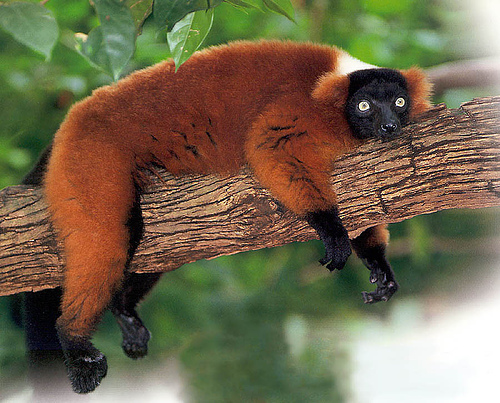
Real lemurs - Eulemur - are represented by 10 species on Madagascar:
Brown lemur - Eulemur fulvus: probably the most common lemur species at all and due to their curiosity and their soon decreasing shyness towards humans quite trusting. Sometimes even downright bold: one hears that on Nosy Bé already bungalows were visited and plundered by brown lemurs.
Blue-eyed lemur - Eulemur macaco albifrons
Brown white collar maki - Eulemur albocollaris
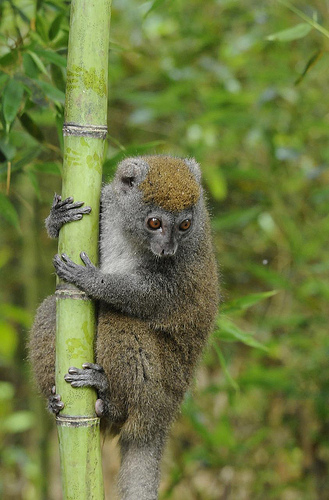
Crowned Maki - Eulemur coronatus
Moor maki - Eulemur macaco macaco: found only on the island of Nosy Komba and the surrounding forest areas of the northwest, almost entirely black species.
Mongozmaki - Eulemur mongoz
Red-bellied macaw - Eulemur rubriventer
Red-fronted maki - Eulemur fulvus rufus
Sanfordmaki - Eulemur sanfordi
White-headed maki - Eulemur albifrons
Large bamboo lemur - Prolemur -is represented by 1 species on Madagascar:
- Large bamboo lemur - Prolemur simus: formerly called Hapalemur simus, now assigned to its own genus.
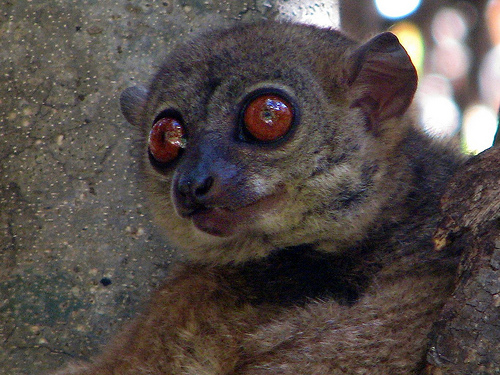
Varis - Varecia - are represented by 4 species:
Varis are among the largest lemurs. With a length of more than 130 cm, the tail being more than half of it, and their characteristic bushy whiskers, they are impressive creatures. They live in small families and, as a diurnal species, feed on leaves and fruits. Like indris, the shrill cries of varis can be heard for miles. A good place to observe black and white varis is the island of Nosy Mangabé.
- Vari - Varecia variegata variegata: unmistakable by its black and white coloration and recognizable by its "beard". Considered a subspecies of its own :
- Varecia variegata editorum
- Red Vari - Varecia variegata rubra: extremely rare lemur, native only to northeastern Madagascar in the Masoala rainforest. Considered an independent subspecies:
- Red Vari Varecia - variegata subcinta
Weasel Macaws - Lepilemuridae - 11 known species:
The Lepilemurs or Weasel Macaws are nowadays considered as a separate species in the lemur family. All lepilemurs are nocturnalwhich can be seen especially in their large eyes. Nevertheless, with a little luck you can observe the animals during the day. Then they like to sit in large branch holes and tree hollows and cast interested glances at the traveler. In the Ankarana reserve, the author found several individuals on the round trip, which looked down from their caves a bit sleepy, but attentive.
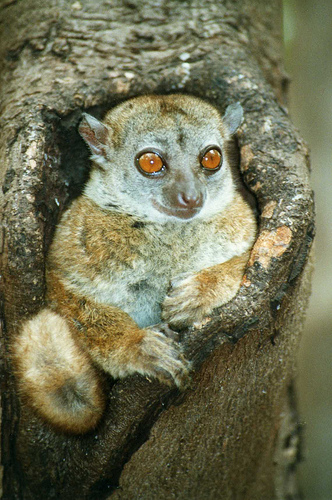
- Edwards lemur - Lepilemur edwardsi
- Grey-backed maki - Lepilemur dorsalis
- Great weasel maki - Lepilemur mustelinus
- Small Tooth Maki - Lepilemur microdon
- Mitsinjo-Maki - Lepilemur mitsinjoensis
- Northern weasel maki - Lepilemur septentrionalis
- Red-shouldered weasel maki - Lepilemur aeeclis
- Red-tailed macaw - Lepilemur ruficaudatus
- Seals Maki - Lepilemur seali
- Sahamalaza weaselmaki - Lepilemur sahamalazensis
- White-footed maki - Lepilemur leucopus
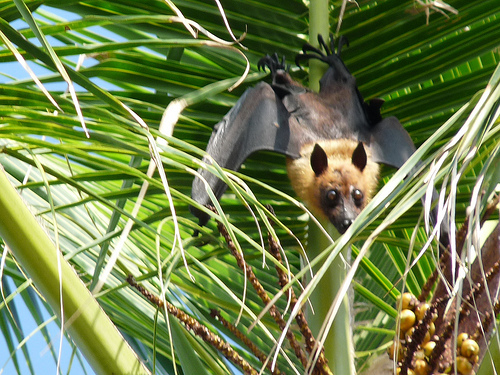
Bats
Madagascar is also home to some winged mammals, although the current state of research in this area has not yet been able to discover any endemic species. From the Fruit bats, which are often confused with classic bats, there are a total of four different species on Madagascar. These animals can present a wingspan of up to one meter and are actually only very slightly related to the bats. Therefore, the flying foxes also do not have a so-called sound localization and have significantly better eyes than Bats. They live together in large groups and feed very readily on various fruits. There are three different species of bats on Madagascar, of which at least one is currently significantly threatened. This is due, among other things, to the fact that Bats in Madagascar be hunted.
They play an important role in pollinating some tree species, most notably baobabs. Fruit bats are pure fruit eaters and despite their appearance, which resembles bats almost to the hair, probably rather with the primates than with the bats related.
More on the subject of flying foxes can be found at this Link
They are usually found in large colonies in tall trees or on shady rock faces, where the animals hang out with each other, making an incredible chirping sound. Bats (Microchiropterae) are also very numerous. The different species are only incompletely recorded and researched.
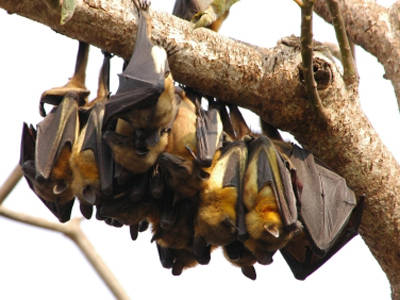
Since Madagascar is rich in caves, the animals are preferably found in such. Especially the Caves of the Ankarana NP are a true breeding ground of small animals: in the sacred burial cave of the Ankaranana are innumerable Bats at home. Thousands of them hang there on the ceiling of the spacious cave or hunt insects that buzz around the cave entrance.
The sound of the countless animals, combined with the mystical atmosphere of the place, makes a visit here a truly unforgettable moment. But bats can also be found in old houses, sheds and other typical shelters.
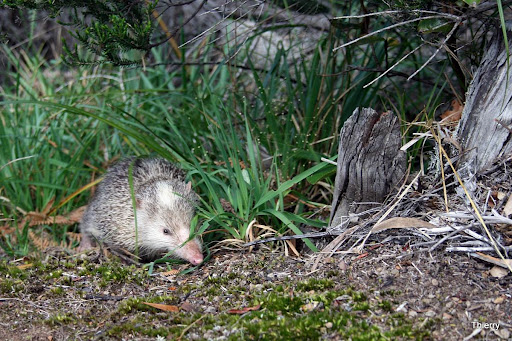
Tenreks on Madagascar
The Tenreks or Tanreks are considered mammals native to both Madagascar and Central Africa. According to all research, they belong to the oldest mammals Madagascar's and therefore probably also among the oldest mammals in the world. Scientists believe that the ancestors of these small animals arrived in Madagascar more than 60 million years ago. They can be divided into three groups: Hedgehog Tanrek's, Earth Tanreks and Reistanrek's. In total, there are about thirty different species in the three groups, which differ greatly from each other. Some tanagers can grow up to 40 centimeters and have a live weight of more than two kilograms, whereas other species only grow up to four centimeters and weigh just five grams. Some Tanreks have a relatively long tail while others have only a small stub. The snout of the animal is elongated and mobile, which is why the Tanreks basically strongly resembles the Hedgehog remembers. The Tanreks are mostly nocturnal and feed on smaller insects or worms. From time to time they may also eat fruits or prey on smaller vertebrates.
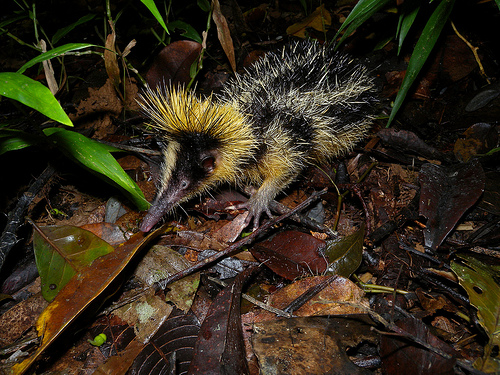
Tanreks have a high reproductive rate: the number of young per litter varies between 15 and 30 young! The young leave the nest already in the second week of life, begin to become independent and go in search of food. The best known and most common species are the big Tanrek (Tenrek ecaudatus) and the Stripe Tancrek (Hemicentetes semispeniosus). Since Tanreks are very common and on top of that also not protected, they are a popular treat among the Madagascans and are eaten with pleasure!
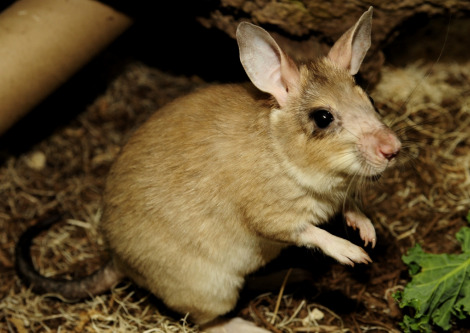
Rodents in Madagascar
On Madagascar there is only one family, which is to be counted to the so-called Mäuseartigen. This is the Madagascar rats. The Madagascar rats Nesomyinae are represented by 15 known subspecies. The best known species is the Madagascar kangaroo rat Hypogeomys antimenta, an animal that resembles a cross between a rabbit and a kangaroo! Among the Malagasy it is known by the name of Votsotsa known. The animal is about the size of a rabbit, weighs a little over a kilo and lives, like the hare, in burrows, which it digs itself. The votsotsa is nocturnal and is considered very shy. Therefore, the traveler should hardly ever get to see them. Easier to find on the other hand is the red madagascar wood rat Nesomys rufus, which with a little luck you can find in the Ranomafana Forest finds. The animals are more similar to a hedgehog in physique and size, but have a shiny, dark red fur. These Madagascar rats live exclusively on the Red Island and include about 25 different species. The individual species differ significantly from each other because they have each colonized completely different habitats. For example, there are the Votsotsa, which is also known as Giant rat and have a head length of up to 35 centimeters. On the other hand, there are also the Madagascar big-footed micewhich, depending on the species, have a head length of up to twelve centimeters. Many of the Madagascar rats have not yet been adequately studied. However, it is certain that many of the species vegetarian live and so-called ecological niches have occupied. Nevertheless, the population of Madagascar rats is currently highly endangered, as the destruction of forests threatens their habitats.
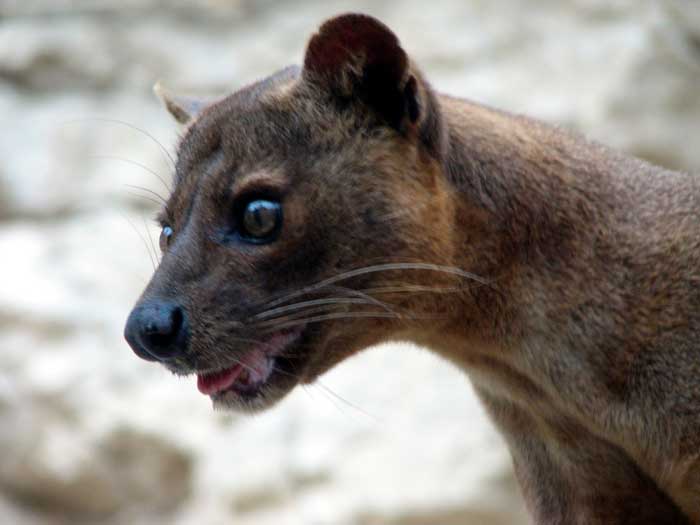
The Malagasy predators
With such a lush flora and fauna as in Madagascar, of course, there are also predators. However, Madagascar, strangely enough, has no large Land Predators like the rest of Africa. As the only large predator, which also becomes dangerous to humans, the Malagasy Crocodile to consider (see reptiles).
Predators are exceedingly rare in Madagascar, and this fact is further complicated by the threats to the various species. The group of Madagascar predators is by no means homogeneous, but simply includes all predators living on the island. The fact that these outwardly very different animals actually belong together, was only discovered in recent years by genetic studies found out. In total, there are eight endemic predator species in Madagascar, which can be located in this systematic family. The largest and most imposing representative among the Predators of Madagascar is certainly the Fossa. The fossa feeds primarily on the lemurs that live in Madagascar, but is happy to settle for other mammal species. Fossas are solitary animals that are fixated on a relatively large hunting area. They belong to the Superfamily of Cats and in terms of their shape, they are perhaps most reminiscent of a squat puma. In former times the fossa were native everywhere on Madagascar, meanwhile the habitats of this animal have decreased considerably.
Also among the Malagasy predators is the Ringtailmungowhich belongs to the subfamily of the Madagascar mongoose belongs. With an elongated and very slender torso, as well as its short limbs, this looks small predator little threatening to humans, but instead are much more poseable. However, these small predators cannot be dangerous for humans, because the menu of the ring-tailed mongooses primarily includes frogs, reptiles, invertebrates or sometimes smaller mammals. Very rarely it happens that the ring-tailed mongooses also venture into populated areas and go hunting for poultry there.
Among the larger Predators in Madagascar also includes the Falanuk (Fanaloka), which is often also called Ant creeper is called. This predator can have a trunk length of up to 65 centimeters and weigh more than 4.5 kilograms. The falanuk feeds mainly on earthworms and normally poses no threat to the mammals living in Madagascar.
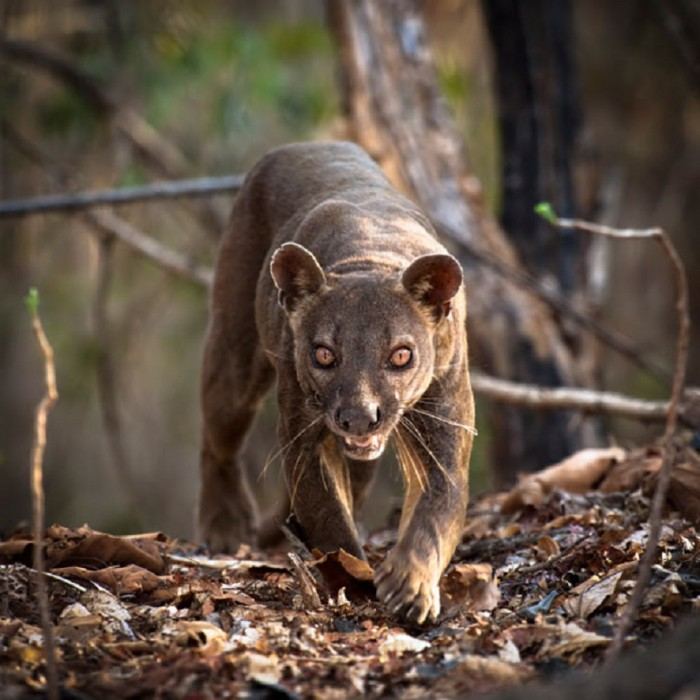
The Fossa is exceedingly difficult to observe. Their natural shyness and very low population density make it rather unlikely that the Madagascar traveler will encounter them in the wild. In the Vakona Zoo near the lodge of the same name near Andasibe, several specimens can be marveled at in enclosures (which, however, are not very appropriate for the species). In the wild the fossas are found in the Kirindy Reserve to see. Despite their small size, the animals are extremely beautiful and impressive to look at. In addition, there are the extremely interesting and varied vocalizations. Cryptoprocta ferrox was counted until recently still to the evolutionary very old family of the creeping cats or mongooses, to which also the European genet or the mongooses belong. In the meantime, however, the fossa is classified in its own family of Malagasy carnivores, Euplerinae, to which its closest relative, the Fanaloka Fossa fossana belongs. The fanaloca is called the fossa fossa because of its Latin
The Fanaloka is often confused with the Cryptoprocta ferrox, but it resembles it only very distantly: the body is much smaller and stockier, the legs are much slimmer and proportionally longer. In addition, there is the striking striped coloring of the fur, which gives the Fanaloka the appearance of a small fox with the fur of a freshet. The fanaloka is primarily nocturnal and feeds on birds and small mammals. The ant crawler Eupleres guodoti is found only in the eastern, forested regions of Madagascar. It differs from the Fanaloka mainly by the much more slender and pointed head shape, which is an adaptation to its main food, insects and ants.
The most common predator of Madagascar, however, is the Ringtailmungo Galidia elegans. With its characteristic red fur and black and red ringed tail, it looks exactly like a marten, but is also classified as a creeping cat. The ring-tailed mongoose feeds on small mammals, insects and birds as well as reptiles. However, it does not disdain human food scraps: in Marojejy NP the author could observe a good dozen of the ring-tailed fellows lurking for scraps behind the camp's cooking area... Finally, in Montagne d ́Ambre the author met a ring-tailed mongoose at a rest stop, which had calmly taken apart a garbage can and rummaged through it...

